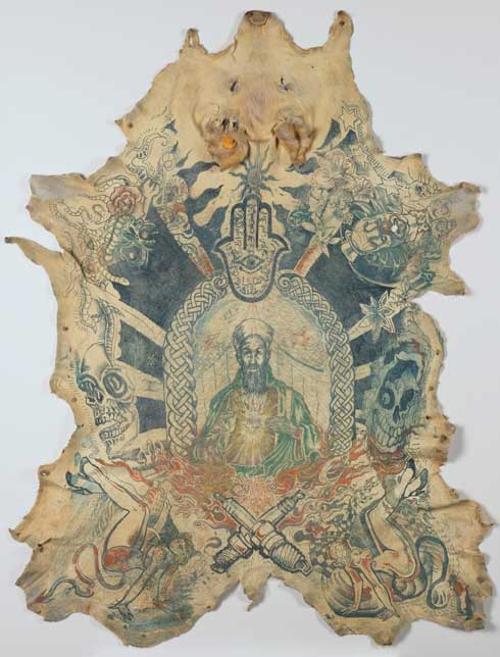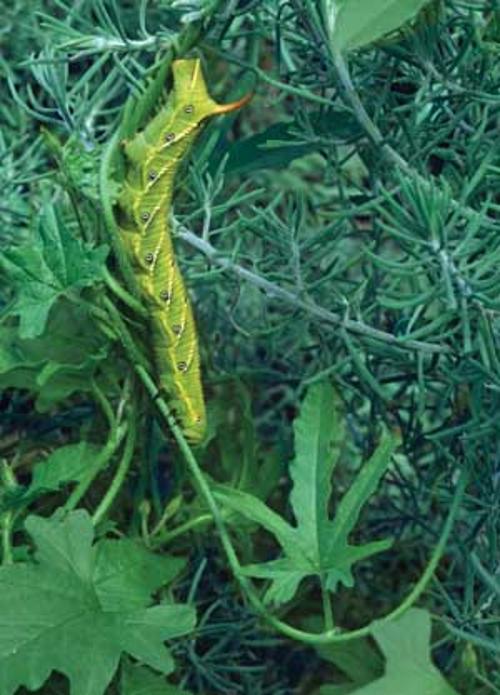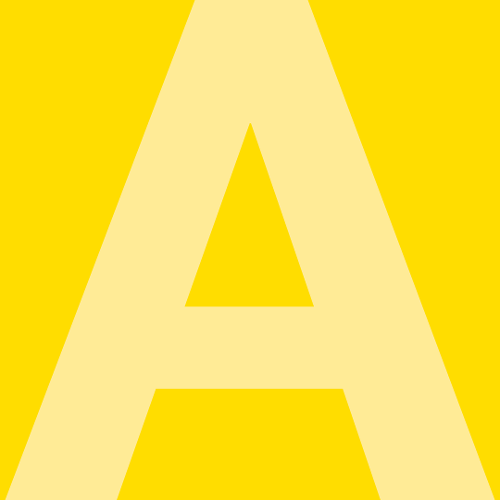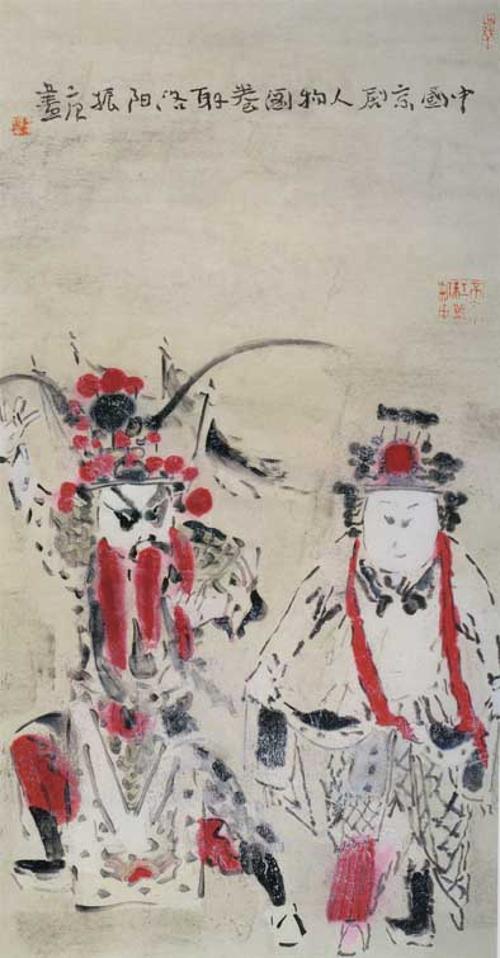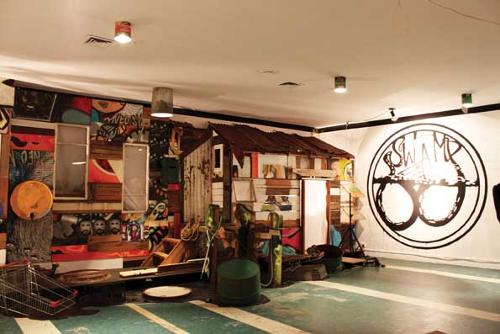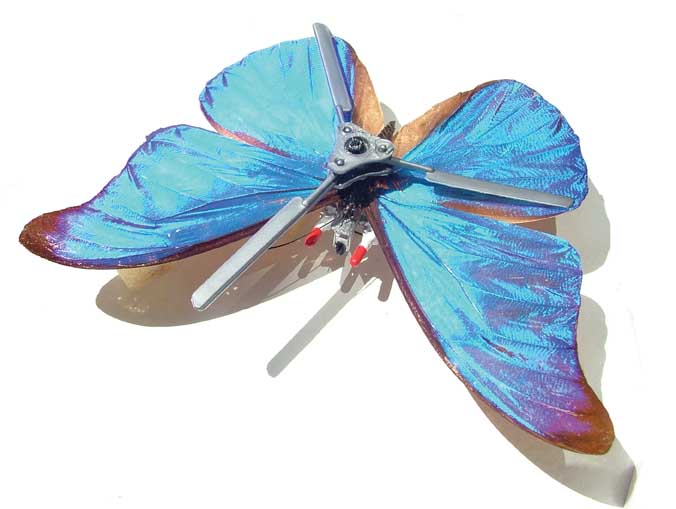
When describing the 2011 London riots many commentators compared the rapidity of the formation and dissolving of an excited crowd with swarming behaviour. The ubiquitous Blackberry smart phone was cited as a villain and even the service provider was blamed for giving the rioters access to the mobile network. In just a few years the brains of gen z and y appear to have been modified to tweet and a new lingua franca has emerged. Adolescents inhabit a world in which a life is patched together on Facebook, where now an individual can feed fuzzy data in and the software does the sorting, placing and dating. It is a mindset which ostensibly celebrates me-me-me, but its guiding principle is not the individual but the inhuman network.
In preliterate times the world had a means of communication which we may be returning to in some part. Our Paleolithic ancestors who knew how to draw a very passable portrait of a contemplative lion or rhino must have loved them or wanted to be their friends as Werner Herzog's new film suggests.1[1] Life was sustained by roots and tasty insects and finding the fat ants and grubs and dipping crunchy locusts in honey was as easy as connecting to the fuzzy grid your brain was wired to tap into - a grid operated by the gigantic hum of tiny invertebrates. That all faded away when dogs came on the scene, and organised men into hunting teams so together they could kill the carnivores and share the meal, thus setting us on the road to a society of mutual dependence and obligation which ultimately gave us scientific knowledge, as well as climate change.
As the world of mammals begins to falter, with habitable space getting scarcer every year, and talk of global eco-disaster on the rise, scientists have said that the world could manage quite well without mammals, but even the loss of one kind of nematode worm can cause the forests to die and precipitate a wholesale collapse of eco-systems. There are legions of small creatures sharing our world which for most people represent only nuisance value, and our normal response to the hairy-legged crawling kind is to reach for the swat or the spray can.
Knowing as we do now that bees dance, cockroaches learn by experience and an octopus can solve puzzles and predict the World Cup winner, we begin to get the message. The micro-world down below or around our feet or fluttering towards the light is worthy of attention. When an insect turns its compound eye towards you what does it see? When a bee is making a beeline for the orchard what colour coding is guiding it to the nectar and what colour range is its tiny brain wired to see?[2] The carapaces on certain beetles are more gorgeous than any royal robe. Around the size of a Kodachrome slide, itself an archaic tiny work of art, a beetle has a way of finding what it is looking for and while it looks other beetles are pretending to look busy, while they watch and listen. The News of the World knew how this is done. Quiet hackers are at work raiding the corporates while the corporates stitch chips into your new jeans and follow you home. The network is controlled by things that are not human and it knows what colour you like.
Lately worms and bugs have started to attract the attention of pharmaceutical companies in search of new remedies for disease while bees, flies, moths and cockroaches are being enlisted by military defence research agencies to help with surveillance and detection – both of explosives and of hot-blooded humans. In the 1960s a Canadian entomologist worked out that a certain shiny black beetle senses the infrared radiation of a bushfire from a long way off through tiny sensory pits in its body, like a snake, helping it to get to the scene when the fire has passed to feast on smaller insects which had survived the breaching of their hidden homes. Later this beetle’s special equipment was adapted by military biologists and engineers for the next generation of infrared detectors which are even smaller than those of the shiny heat-seeking beetle.
.jpg)
A massive research project of the Pentagon’s research arm DARPA (Defense Advanced Research Projects Agency) attempted to create cyborg dragonflies designed for high speed missions, and surveillance and cyborg moths which carried tiny controllers. The Hybrid Insect MEMS (HI-MEMS) program, according to DARPA, "aimed at developing tightly coupled machine-insect interfaces by placing micro-mechanical systems [MEMS] inside the insects during the early stages of metamorphosis."[3] They experimented with implanting plastic probes which could be controlled remotely to guide the insect to a target and in other cases bred special bigger-than-normal flying June Beetles which could carry a larger payload of implants actually patched into neural and muscle stimulators to make the beetle fly faster or differently. For what exact military outcome is not clear but these projects have employed hundreds of scientists and engineers and cost the American taxpayer untold millions of dollars. One protracted exercise was finally abandoned when they 'discovered’ that dragonflies are hardwired to prioritise mating and feeding over working for the CIA. Artist Dean Christ found this branch of cyborgery irresistible and has elaborated on the idea in his limited edition bronze series titled Military Cyborg Insects, which are acquired by collectors.[4] (see images pp40-41)
As this appropriating behaviour increases, bees, moths and flies begin to appear on the periphery of the art world, and fleas and ants too are making strides, together with a few worms and stick insects. Even the hated cockroach is being brought out into the light to strut its stuff.
Insects and colour are explored in this issue as well as the interfaces between life and death, animals and machines in the work of Wim Delvoye, Fiona Hall, Helen Pynor & Peta Clancy and Julia Robinson. Cuttlefish, as colour-driven animals, could not be ignored.
Traditionally colour and insects come together in the butterfly – admired and collected for its decorative symmetry and rich velvety colours, and painted by generations of botanical artists. Some species of beetle similarly exhibit an almost infinite range of patterns and a faultless colour sense. The photographer Poul Beckmann calls them living jewels. His publications[5] display the iridescent surfaces of these small living sculptures, with their glowing metallic colours and designs echoing the look of late Twentieth Century high fashion jewellery. It is not altogether surprising to discover that in Victorian England it was the height of cool to have live jewel beetles tethered by tiny gold chains to your décolletage.
With the exception of a few large spiders, as in the works of Louise Bourgeouis, invertebrates have not been at the forefront of artistic subject matter up until now. Dead butterflies in highly appealing formal arrangements have been seen in works of visual art by Robyn Stacey and Damien Hirst but these works tell us very little about the insects. It’s more about us, and our weakness in the face of symmetry, pattern and colour. Jennifer Angus has taken the decorative mode to another level. She has worked for many years producing remarkable museum-scale wall installations of insect-patterns, obsessive surfaces which reference both wallpaper and textiles using thousands of dead, dried insects.[6] Angus is driven by the tension between the viewer’s first impression and their realisation of what material has actually created the surfaces. Her rationale is to subtly influence people’s attitudes to insects, for the better.
.jpg)
Phenomena is two meandering paths which occasionally cross or bump into each other. For instance, the colours seen by certain insects, such as bees, are now understood, and linked to their attraction to certain flowers. Insects may be colourists of a kind, in their own eyes or in the ‘eyes’ of a flower which just wants to reproduce itself. Colourists such as the artist Sara Hughes may employ the methods of a non-human world by allowing a computer system (now suspected to have as much in common with termites as with homo sapiens) to determine the arrangements and combinations of colour in a work of art.
Zooming out from the lifeforms themselves, a larger pattern is emerging on the planet. Steve Jobs, the man who made computing fun, lived to see the lift-off of networked reality for a large cross-section of the human race. Only a decade into the 21st Century, the prediction of 2001 A Space Odyssey that we would be carrying small glass ‘slates’ through which we can talk to each other is just a matter of buying (or if in London in August stealing) one.
But despite the user-friendliness of these devices the author of Insect Media Jussi Parikka claims that the internet is an essentially non-human agency. He believes that we are moving more and more towards accepting control by machines, and the machines we have invented closely resemble the systems governing the insect world. In this issue Jacob Gaboury’s exploration of this theory helps us to see networked reality as part and parcel of existing life forms, not as a totally new idea.
Jan Fabre, famous thinking artist, says that beetles are the oldest computers in the world. He also points out that scarab beetles have the advantage over mammals in having a rigid carapace which protects them from environmental disasters. www.janfabre.com
He has raised a giant scarab beetle on a giant pin in the square outside the University of Leuven in his home country of Belgium where the King and Queen commissioned him to transform the classical Hall of Mirrors of their palace in Brussels with the help of 1.6 million carapaces of the Jewel Beetle from Thailand. It took Fabre and 29 assistants four months to glue them onto the barrel vault ceiling and the walls and even cover the chandelier with these iridescent green glowing body parts. Jewel Beetles are a non-threatened species and are commonly fried and eaten in Thailand.
Maria Fernando Cardoso, known internationally for her Flea Circus, has recently been able to share her sense of awe and wonder at another aspect of the insect world. Cardoso, a Colombian artist who lives in Sydney, has uncovered a line of knowledge previously limited to entomologists – the reproductive apparatus of male mites, fleas and other tiny creatures.[7] It turns out that the design of their private parts is so spectacularly varied that it is the main means by which each species is distinguished from the other. Cardoso has worked with electro-microscopists in museums to gain access to the images of penises that were shown at Arc One Gallery in Melbourne in June 2011. She has also applied the technology of rapid prototyping to these tiny ‘master-pieces’ thus reproducing them in three dimensions. Mere mammals find it difficult to conceive of the complexity that exists in the insect world, or the reasons why the penis of such a tiny creature would need to be so fancy. It seems to be yet another demonstration that the might of the mite is constantly underestimated.
.jpg)
The plague of blood-sucking bedbugs that is currently sweeping many first world mega-cities does not appear to have made the art world yet, but their household comrades the cockroaches have been put through their paces by an artist in New York. It is not only in the grotty lofts and ancient stairwells of big cities that the cockroach shares your life. You will find them when you switch on the light in your white designer kitchen. In questioning why we regard the animal world as either pests or pets, artist Catherine Chalmers has moved beyond just co-habitation with cockroaches; she creates suites of rooms at their scale where they desport themselves on couches, have sex in a luxurious bed or cluster in the bath, with their sticky legs over the rim. When they are not living the high life, she keeps the roaches alive in a large glass case and tends to their needs.[8]
Susan Purdy in Melbourne has been making photograms of the life of small creatures in the suburban backyard for many years, while Kieran Finnane demonstrates that the ancient Indigenous stories of the yeperenye caterpillar and its moth are still alive in Alice Springs.
In days gone by when we needed to know more about insects the fact that they, like fish, birds and flowers, comprise a miniature palette of all the colours in the rainbow, may have contributed to our sensitivity to colour in our lives. Colour has become a giant industry today, progressing from pigment to screen-based colour, and the more the biological and cultural roots of colour are uncovered, the more the power of colour, such as its ability to excite or soothe the human brain, is exploited by advertisers and designers on behalf of banks, pharmaceutical companies and the rag trade as well as political parties and protest movements. But despite a recent revisiting of psychedelic phenomena in art[9] many artists no longer know the basics of the science of colour.
A standard part of every art student’s education in the fifties and sixties was a lecture about the perceptual phenomena associated with colour. A man with a slide projector would prove that all perception is an illusion by presenting in dramatic style what was essentially a digest of Johannes Itten’s books on the subject. The coup de grace was always the phenomenon of ‘Simultaneous Contrast’ which elicited the loudest gasps of disbelief from students.[10] Without this milieu it is possible that the young Bridget Riley would not have become obsessed by what colour can do. An example of the magic of Simultaneous Contrast is a tiny painting of the Thames at sunset by JMW Turner in the Tate Britain. Embedded in the matrix of hues and tones making up the scene there is a dab of paint representing the sun which glows pure gold and shines to such an extent that you put your hand up to interrupt the spotlight that you swear is trained on the canvas. There is no spotlight and the dab of paint is actually a kind of beige. Feng Yan from China has found another kind of magic with his Psychedelic bamboo photographs of a neon display outside a night club where the fuzzy edges mimic what our eyes do with brilliant light and colour.[11]
Kirsten Farrell in this issue introduces the new theories of David Batchelor about colour, and our attitudes to it. The work of artist colourists Kate Shaw, Sara Hughes and Katherine Hattam as well as contemporary Indigenous artists, offer a 21st Century practice picking up threads from the past and weaving them in with the new worlds we inhabit.
Footnotes
- ^ Cave of Forgotten Dreams, dir. Werner Herzog, 2010, documents 28,000 year old Chauvet cave paintings in southern France discovered in 1994
- ^ Thanks to Antennae magazine for permission to reprint Lars Chittka article on bees and Van Gogh in this issue
- ^ More detail on cyborg insects here http://www.tomdispatch.com/post/174912
- ^ Dean Christ is a Sydney-based underground artist and designer whose sub-ject matter covers sex, drugs, politics, as well as the cyborg insect sculptures.http://ubyka.com/bugs.html
- ^ Ruth Beckmann Living Jewels: The Natural Design of Beetles and Living Jewels 2, The Magical Design of Beetles , 2007, Preste Verlag, www.prestel.com
- ^ http://www.jenniferangus.com/home.htm
- ^ http://www.mariafernandacardoso.com
- ^ Two articles on Chalmers in the online magazine ‘Antennae’ Vol 2 no 3 Insect Poetics, 2007, http://www.antennae.org.uk
- ^ For example the exhibition New Psychedelia, 2011 University of Queensland Art Museum, curated by Sebastian Moody.
- ^ Ruth Beau Lotto has achieved guru status for reiterating this routine to a TED audience in 2010 and eliciting an identical response. He has succeeded in setting up a unit within the Natural History Museum to bring the gospel to thenew heathen. http://www.ted.com/speakers/beau_lotto.html
- ^ Part of 2011 hang of White Rabbit Gallery, Sydney




